10 Health Risks of Sleeping With Your Dog (and How to Stay Safe)
People love sleeping with their dogs—and the feeling is mutual. Dogs are family, and the bond between people and their pets is strong. That’s why about half of all dog owners say they let their dogs sleep next to them.
Cuddling with your dog feels great, but it’s not without a few risks. Even though most viruses and bacteria don’t pass easily from pets to humans, some infections can. In this article, we’ll talk about 10 diseases your dog can give you—and simple ways to stay safe and healthy.
Ticks
You probably know you can get ticks while hiking, but did you know you can get one from your dog too?
If your dog has a tick in their fur and jumps into bed with you, that tick might decide to bite you instead. Ticks carry Lyme disease, anaplasmosis, and Rocky Mountain spotted fever. All of them can cause serious health problems in people and dogs.
We don’t want you to become terrified of bugs but use preventive products if you live where ticks are common. Tick collars, sprays, and shampoos can all help protect your pet—and you.
Salmonella
Salmonella can cause diarrhea and fever in both dogs and people. Most of the time, people get it by eating contaminated or undercooked food.
Dogs can get salmonella too, often from bad food, dirty water, or a poorly stored diet. Studies show that a diet of raw meat is a significant cause of infection in dogs.
You can catch salmonella from your dog if you kiss them when they’re sick or handle their poop without washing your hands. So, if your dog has tummy trouble or keeps vomiting, avoid close contact and wash up after cleaning their mess.
Mites and Scabies
Mites are tiny bugs that feed off a dog’s skin oils and earwax. Dogs usually get them by coming into close contact with another infected dog.
If your dog keeps scratching around their ears, mites might be the reason. And yes—mites can pass to people too. The mange mite can cause human scabies, which leads to intense itching and red rashes.
To prevent mites, try to keep your dog away from other animals that might be infected. Most flea and tick meds also protect against fur mites.
Rabies in Dogs
Rabies is a deadly virus passed through bites or scratches. Thankfully, it’s rare today in North America and Europe, thanks to vaccines. Only a few human cases are reported each year.
Still, rabies spreads from dogs to people and is fatal once symptoms appear. See your vet immediately if your dog gets bitten by another dog or a wild animal. Keep your dog up to date on rabies shots—it’s the best protection.
Hookworms and Roundworms
Dogs can pass hookworm and roundworm eggs through their poop, which can infect humans.
Hookworms can enter through the skin—like when you walk barefoot on contaminated ground. Conversely, roundworms are swallowed by accident, often through dirty hands or contaminated soil.
To stay safe, deworm your pets regularly, clean up dog poop promptly, and teach kids not to put dirty objects in their mouths.
Ringworm
Even though it sounds gross, ringworm isn’t a worm—it’s a fungus. And it’s very contagious.
Dogs catch ringworms from infected animals or places like grooming salons. Dogs with ringworms often have patchy, scaly spots where the fur is missing.
People, especially kids, can catch ringworms by touching infected dogs. It looks like a red, itchy, circular rash. You may know it by its other names, too—athlete’s foot or jock itch.
Campylobacter
Campylobacter is a common cause of food poisoning and diarrhea in people. You usually get it from eating contaminated food, especially raw or undercooked chicken.
Dogs can also get it from eating infected food or coming into contact with dirty water or poop. If your dog is sick, it’s easy for the bacteria to spread to you when handling their waste.
To avoid getting sick, always wash your hands well after cleaning up after your dog.
Allergies and Asthma
If you’re allergic to dogs or have asthma, it’s better not to let your dog sleep in your bed or your room.
Pet dander floats through the air and settles on everything, worsening symptoms. Try keeping your bedroom door closed and use a good air purifier to help reduce your exposure.
Leptospirosis
Leptospirosis is a bacteria found in the urine of infected animals. Dogs can get it by drinking from puddles or swimming in contaminated water.
The scary part is you can catch it, too, just by touching infected urine or contaminated soil or water. The bacteria can enter your body through cuts, mouth, nose, or eyes.
Leptospirosis causes flu-like symptoms in people. Protect your dog with vaccines, and avoid swimming where wildlife pee might contaminate the water.
Tapeworm
The chances of catching tapeworm from your dog are low—but not impossible.
To get it, you would have to swallow an infected flea accidentally. The best way to prevent this is by using flea control products on your pets and keeping fleas out of your home.
Fecal Matter
Let’s be honest—dogs step in, roll in, and sometimes even eat feces. Then they walk through your house and hop on your bed.
It’s gross, but it’s also a way they can bring bacteria like E. coli or salmonella into your home. To stay safe, clean your dog’s paws and mouth after walks. Use pet-safe wipes or gentle dog shampoo—never harsh chemicals like bleach.
Can Dogs Spread COVID-19?
Research shows it’s rare for a dog to spread COVID-19 to people.
If you have COVID-19, avoiding close contact with your pets is a good idea, just like you would with people. But animals aren’t likely to carry enough virus to infect humans.
The World Health Organization says there’s no objective evidence that pets pass COVID-19 to people. Overall, the risk is very low.
Should You Sleep With Your Dog?
If your dog stays indoors and is healthy, the risk of catching something from them is low. But if they roam outside, play with other animals, or eat things they shouldn’t, the chances of picking up something go up.
Doctors usually only tell people with weak immune systems, older adults, or pregnant women to avoid letting pets sleep in bed.
Good hygiene is your best defense. Keep your dog healthy, vaccinated, and free of parasites. Wash your hands after picking up poop and before eating. See your vet before cuddling up at night if your dog looks sick.
Also, think about your sleep quality. If your dog moves around a lot and keeps you up, you should set up a cozy bed for them next to yours instead.
Some studies show that sharing a bed with your dog can help you sleep better by reducing stress and raising your oxytocin levels. It can even lower your heart rate and improve sleep quality!
Final Thoughts
Sharing your life—and your bed—with a dog is wonderful. As long as you take a few simple precautions and pay attention to your dog’s health, the love and comfort they bring easily outweigh the small risks. Whether your dog snoozes beside you or in their bed nearby, what matters most is the bond you share
Share this content:
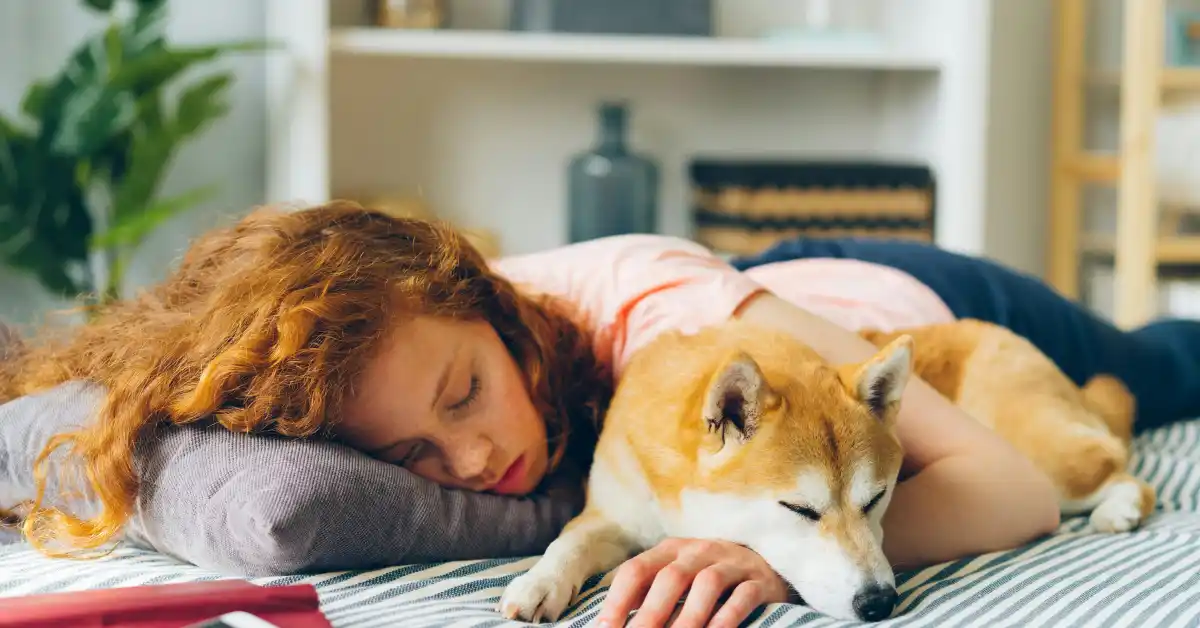


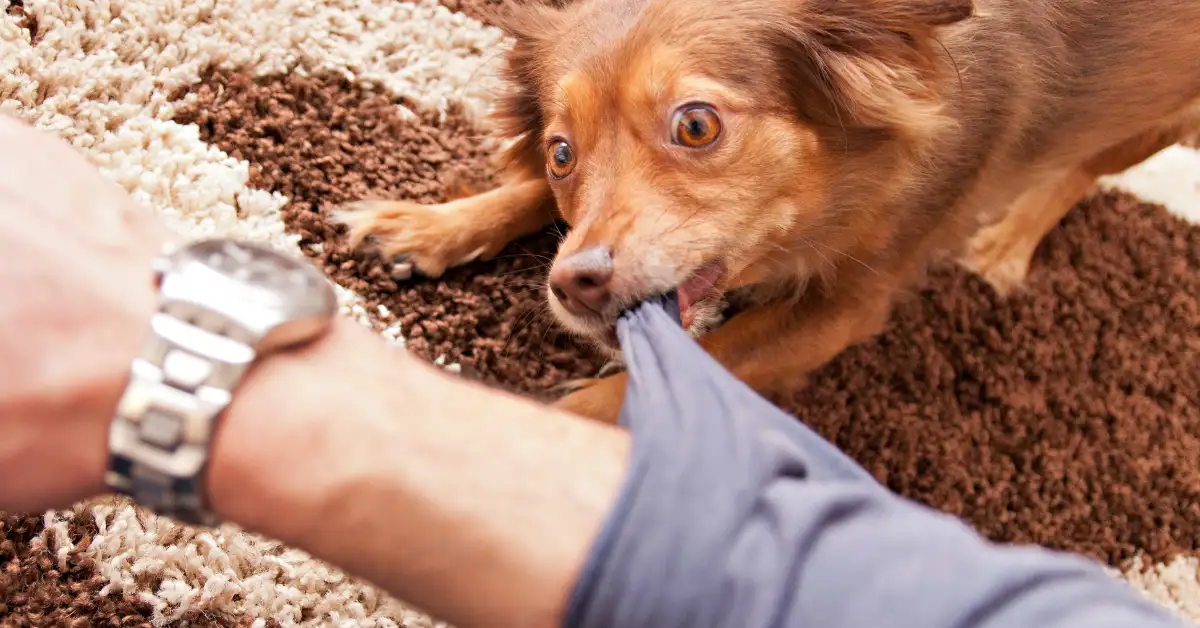
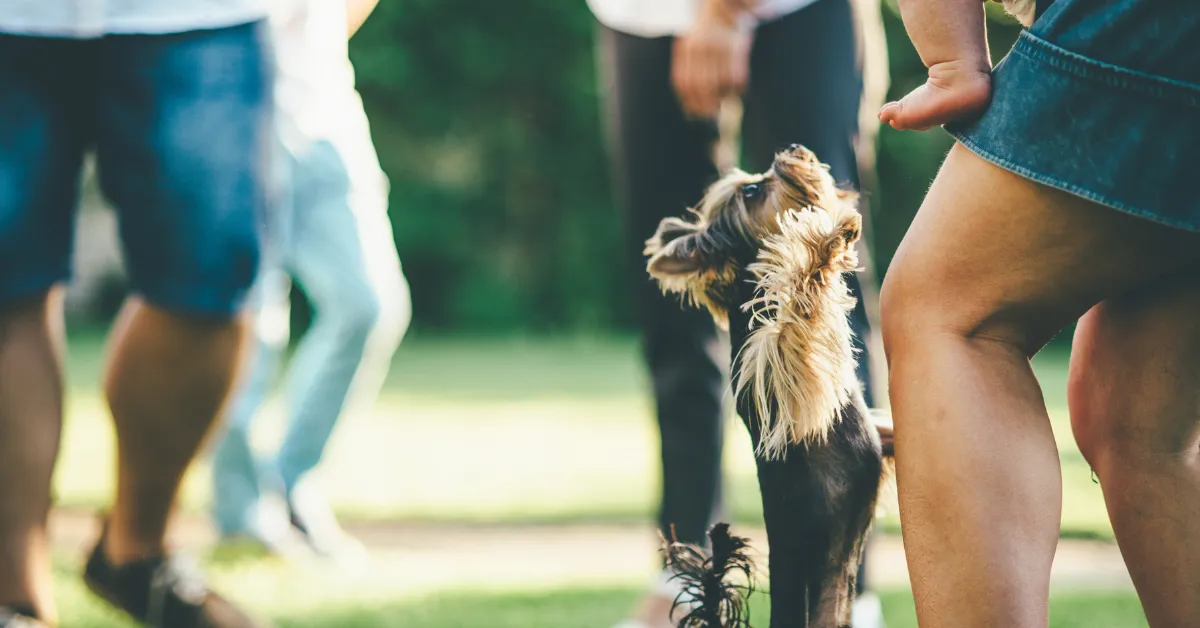




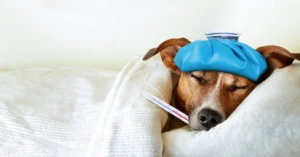
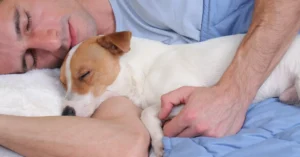



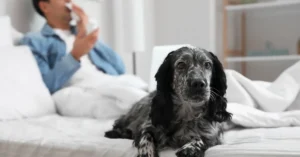
Post Comment